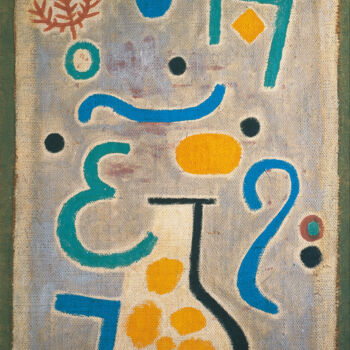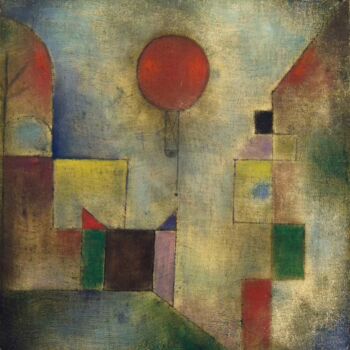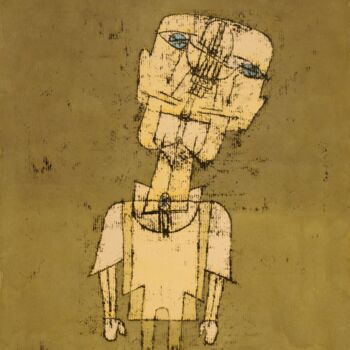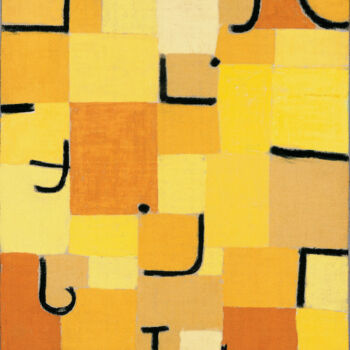Tale à la Hoffmann (1921) Malerei von Paul Klee
Unverkäuflich
Verkauft von Artmajeur Editions
Dieser Druck ist in verschiedenen Grössen erhältlich.
Verkauft von Artmajeur Editions
-
Original-Kunstwerk
Malerei,
Aquarell
- Masse Höhe 15,9in, Breite 12,6in
- Rahmen Dieses Kunstwerk ist nicht gerahmt
Paul Klee (18 December 1879 – 29 June 1940) was born in Münchenbuchsee, near Bern, Switzerland, in 1879. In 1898, he started taking classes at Munich's Art Academy with Franz von Stuck. In 1901, he went to Italy to study art for several months in Rome. He went to Paris for the first time in 1905. In 1910, his first solo show was held at the Kunstmuseum Bern. In 1912, he took part in the second show of the group of artists called the Blauer Reiter. In 1914, he went to Tunisia and went to the capital, Tunis, among other places. In 1916, he was forced to join the army. In 1919, he met people in the Dada circle in Zurich. Walter Gropius asked him to teach at the Bauhaus in Weimar in 1920. The next year, he moved there. In 1924, he and Lyonel Feininger, Wassily Kandinsky, and Alexej von Jawlensky started the group Blaue Vier. Klee moved into one of the masters' houses when the Bauhaus moved to Dessau in 1926. In 1928, he went to Egypt for a trip. Klee left the Bauhaus in 1931 and became a professor at the art academy in Düsseldorf, where he taught how to paint. In 1933, when the National Socialists took over, he was fired from his job and sent back to Bern. National Socialists called his art "degenerate," and 102 of his pieces were taken from public collections. In 1939, Klee made 1,253 pieces, which was his most productive year. He died in Locarno-Muralto, Switzerland, a year later.
-
Nationalität:
SCHWEIZ

- Geburtsdatum : unbekanntes datum
- Künstlerische Domänen: Vertreten durch eine Galerie,
- Gruppen: Zeitgenössische Schweizer Künstler Künstler präsentiert von einer Galerie

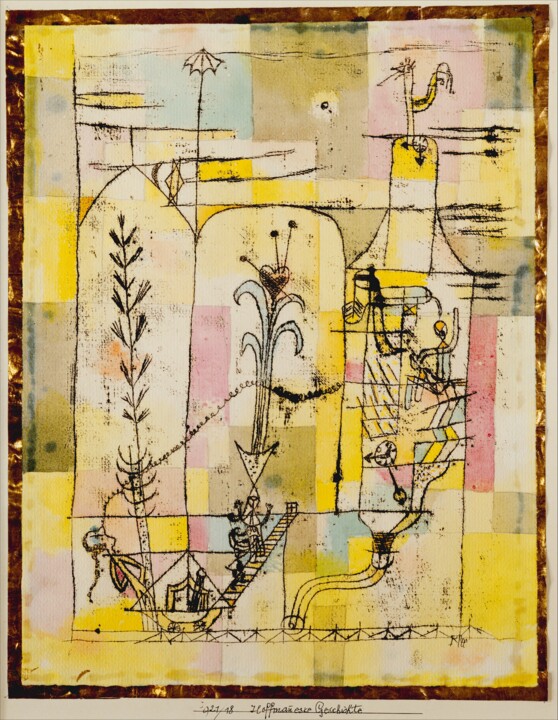



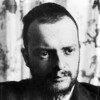
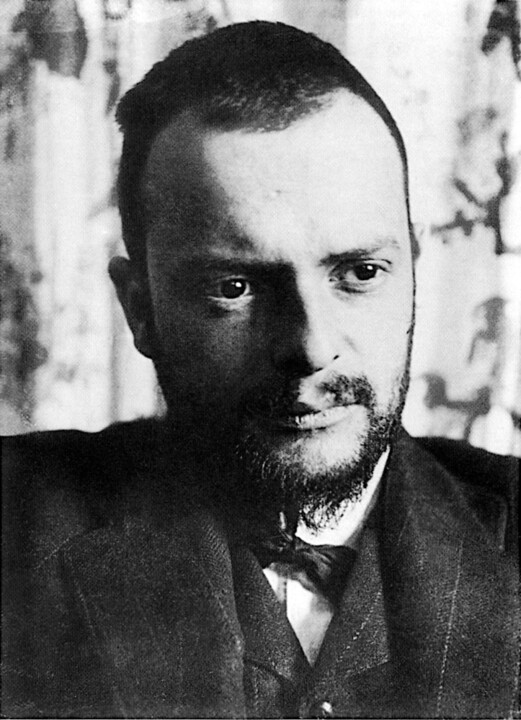 Paul Klee
Paul Klee
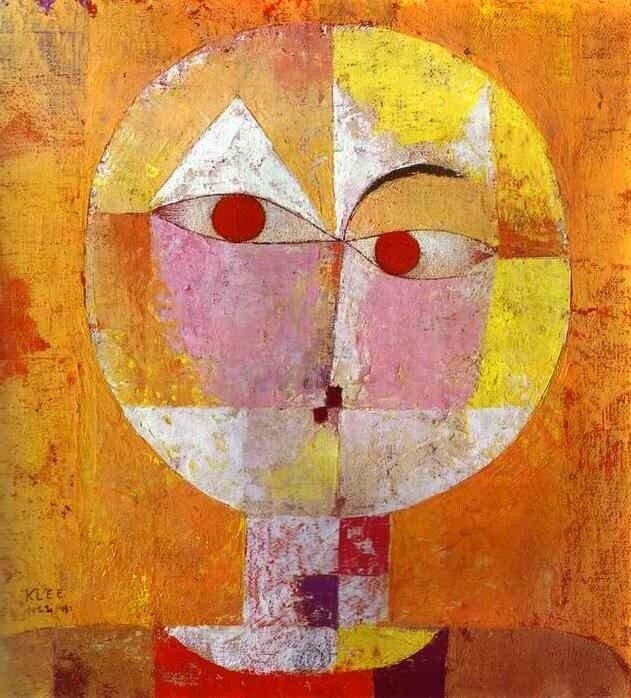 Senecio (1922) von Paul Klee
Senecio (1922) von Paul Klee
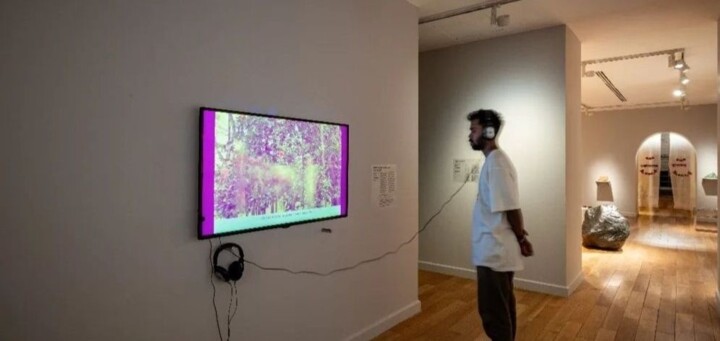 Der Einfluss von Nadia und Rajeeb Samdani auf die zeitgenössische Kunstszene Bangladeschs
Der Einfluss von Nadia und Rajeeb Samdani auf die zeitgenössische Kunstszene Bangladeschs
